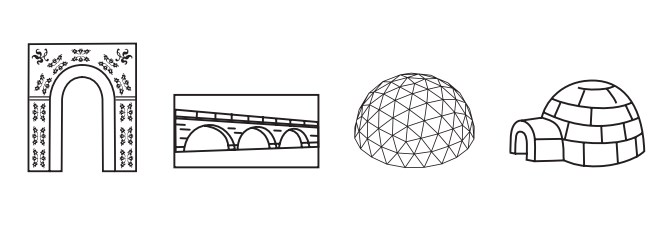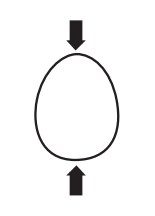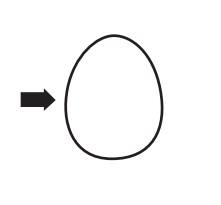Eggs are similar in shape to architectural domes, which are among the strongest architectural forms.
Arches are curved structures with no angles and no corners. Domes are the three-dimensional equivalent, capable of enclosing a large amount of space without the help of a single column.
When a load is placed on top of an arch or dome, its force spreads out and down the sides of the arch. At the ground, strong supports, or abutments, keep the arch from moving outward. Architecturally, the dome is one of the strongest designs because it supports the weight of the roof evenly so that no single point on the dome supports the whole load and gives way under stress.
Similarly, the arch shape at each end of the egg distributes all the weight evenly and minimizes stress and strain. The egg is strongest at the top and the bottom (or at the highest point of the arch), which is why it does not break when pressure is added to both ends. The curved form of the shell also distributes pressure evenly all over the shell rather than concentrating it at any one point. By completely surrounding the egg with your hand, the pressure you apply by squeezing is distributed evenly all over the egg.
Eggs, however, do not stand up well to uneven forces. This explains why they crack easily on the side of a bowl. Wearing a ring will cause uneven pressure on the egg, cracking it at the point of contact.
Although a hen can sit on an egg and not break it, a tiny little chick can break through the eggshell. The weight of the hen is evenly distributed over the egg, while the pecking of the chick is an uneven force directed at just one spot on the egg.

Examples of architectural arches and domes: the Arc de Triomphe in Paris, bridges over the River Thames in London, and Science World's dome.




 copy.jpg)